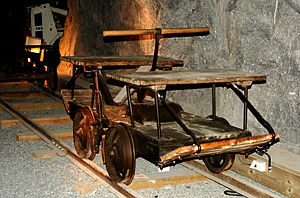
Kongsberg is a historical mining town and municipality in Buskerud county, Norway. The city is located on the river Numedalslågen at the entrance to the valley of Numedal. Kongsberg has been a centre of silver mining, arms production and forestry for centuries, and is the site of high technology industry including the headquarters of Norway's largest defence contractor Kongsberg Gruppen.

Lands Museum is the cultural and natural history centre for Nordre and Søndre Land municipalities in Innlandet county, Norway.

Peter Ascanius was a Norwegian-Danish biologist and geologist. He was a professor of zoology and mineralogy.

Kongsberg Silver works was a mining operation at Kongsberg in Buskerud county in Norway. The town of Kongsberg is the site of the Norwegian Mining Museum.

Kongsberg Skiing Museum is a museum of skiing, located at Kongsberg in Buskerud, Norway.
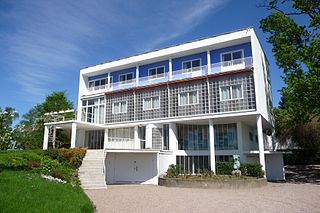
Arne Korsmo was a leading architect in Norway and a propagator of the international architectural style. He taught at the Norwegian National Academy of Craft and Art Industry and he was a professor at the Department of Architecture at the Norwegian Institute of Technology.
Events in the year 1943 in Norway.

Nicolai Schejtli was a Norwegian mining official and politician.
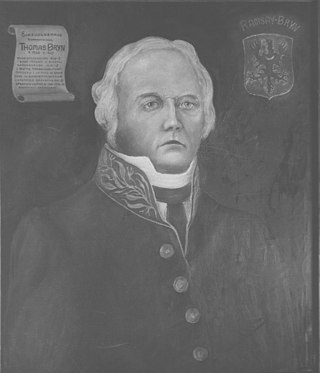
Thomas Bryn was a Norwegian jurist, magistrate and civil servant. He served as a representative at the Norwegian Constitutional Assembly.
Gullverket is a village in Eidsvoll municipality, Akershus county, Norway. The village is situated just east of Minnesund, near the border with Hedmark.

Poul Steenstrup was a Norwegian industrialist and politician. He was the founder of the Kongsberg Arms Factory and served as a representative at the Norwegian Constituent Assembly in 1814.

Carl Deichman was a Norwegian businessman, industrialist, book collector and philanthropist. His endowment lead to the founding of the Oslo Public Library officially known as Deichman Library .

Michael Heltzen was a Norwegian mining engineer.
Events in the year 1623 in Norway:
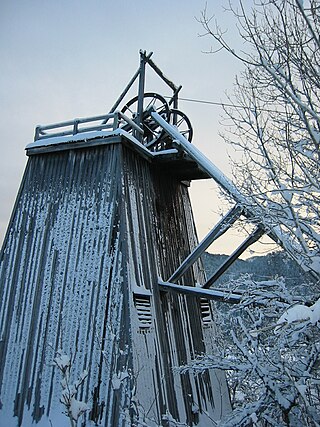
The Løkken Mine is an underground pyrite mine located in the municipality of Orkland in Trøndelag, Norway. The mine was operative from 1654 to 1987, from the mining community Løkken Verk. It contained the largest deposits of its kind in Norway. Between 1654 and 1845, a total of 11,300 tons of copper was produced from the mine. From 1904 the mine was run by the company Orkla Grube-Aktiebolag, and until 1987 a total of 24 million tons of pyrite was produced from the mine. In addition to sulphur, the pyrite contained about 2% copper, in addition to zinc and traces of silver and gold. The products were originally transported to the sea by horse and sledge during winter time. From 1908 the ore was transported by the Thamshavn Line, which was the first electrical railway line in Norway. The annual production was about 350,000 tons of ore during its final years.

Orkla Mining Company Ltd. was a Norwegian mining company established in 1904. The company was the largest mining company in Norway in the aftermath of World War I, and was among the world's largest pyrite producers. After closing of the mining operations in 1987, the company developed into the holding company Orkla ASA, which is among the largest companies at Oslo Stock Exchange.
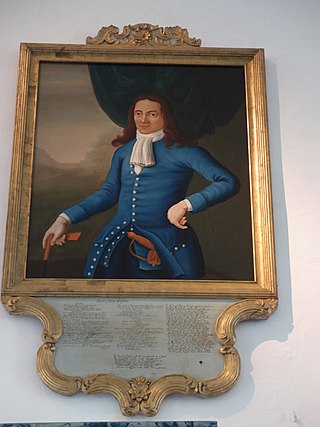
Lorentz Lossius was a German-born Norwegian mining engineer. He was the founder and first director of the Røros Copper Works.
Niels Toller was a Danish-born merchant who settled in Norway and became the wealthiest person in Christiania.
Joachim Andreas Stukenbrock was a Germany-born, Norwegian mining official.

Kongsberg School of Mines was an academic institution for mining technology in Kongsberg, Norway from 1757 to 1814.


